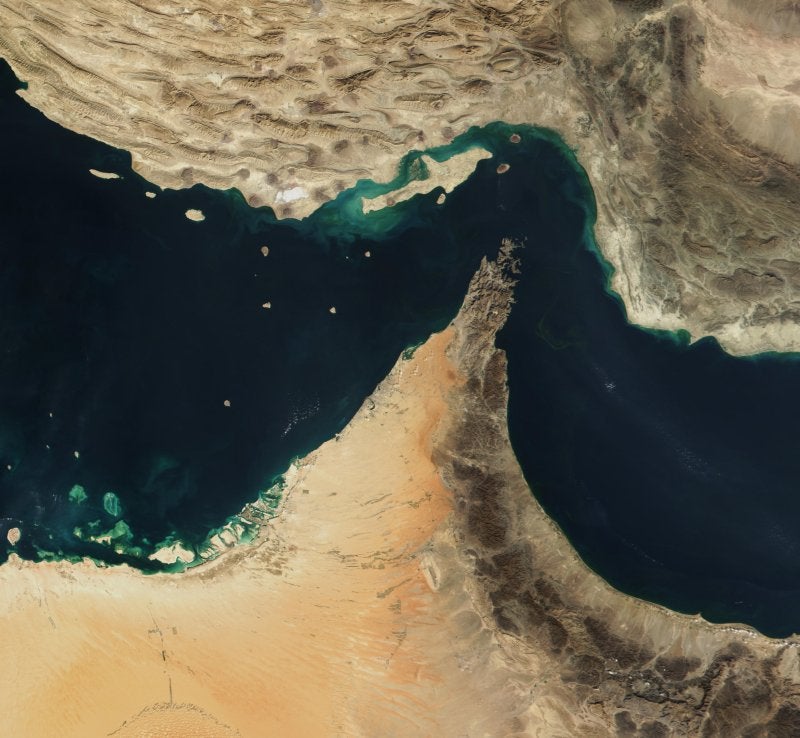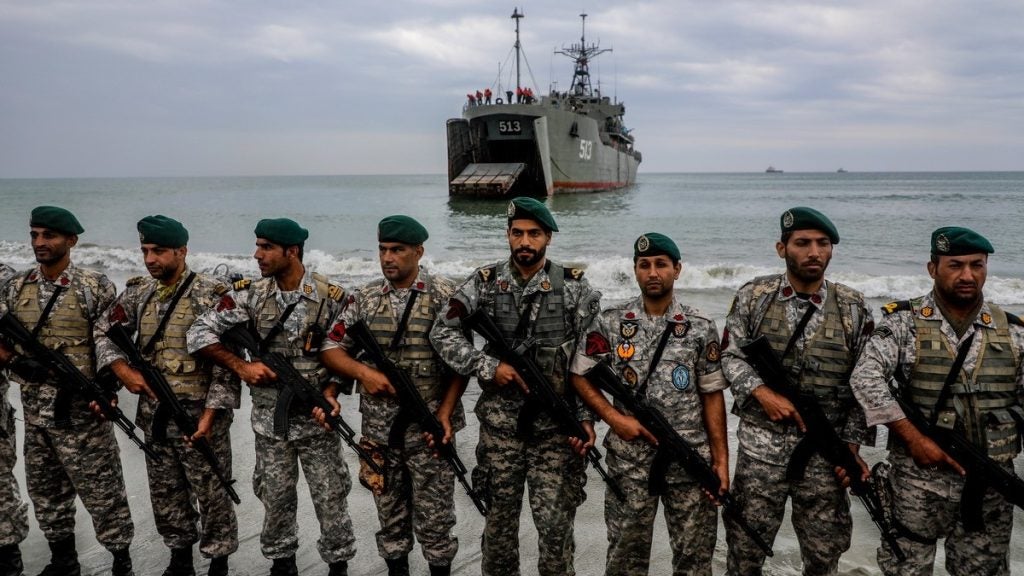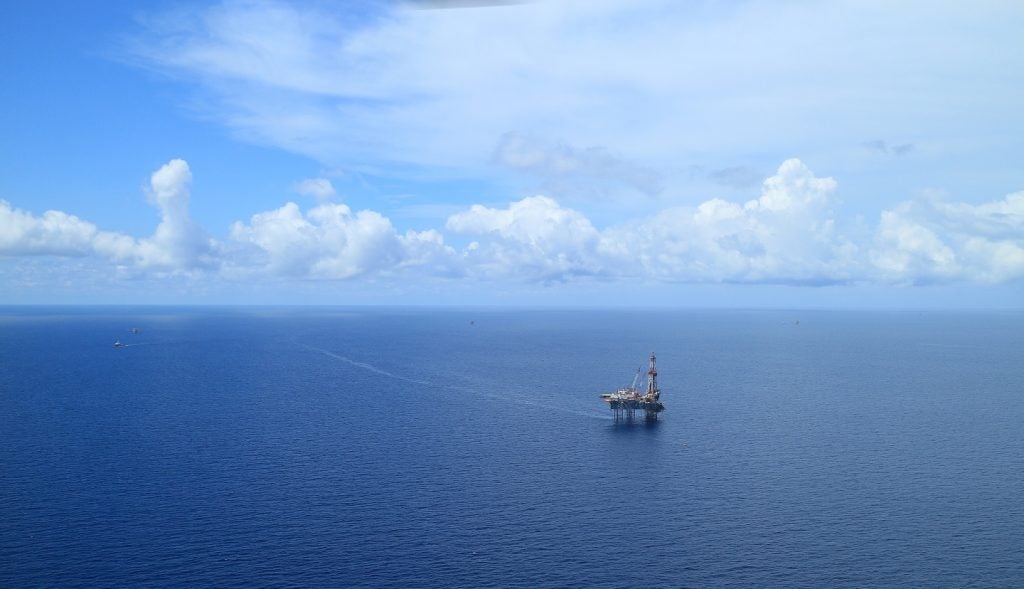
What is the Strait of Hormuz?
The Strait of Hormuz is a waterway between the Persian Gulf and the Gulf of Oman. The strait consists of two mile-wide channels for inbound and outbound tanker traffic, as well as a two-mile wide buffer zone.
It is the only passage through the Persian Gulf to the rest of the sea, and is a strategically important choke points for the world’s oil and gas industry.
According to the US Energy Information Administration, a third of the world’s liquefied natural gas and around 20% of the world’s oil passes through the Strait of Hormuz.
It is also located between Iran and Oman, which means ships passing through the strait must also pass through the territorial waters of these countries.
This @nytimes video nicely illustrates to what extent any disruption of the freedom of navigation around the Strait of #Hormuz is not just a regional matter for the #Gulf – it is a global lifeline in the energy sector pic.twitter.com/55DbUxuHwV
— Dr Andreas Krieg (@andreas_krieg) July 10, 2019
How well do you really know your competitors?
Access the most comprehensive Company Profiles on the market, powered by GlobalData. Save hours of research. Gain competitive edge.
 Company Profile – free sample
Company Profile – free sampleThank you!
Your download email will arrive shortly
Not ready to buy yet? Download a free sample
We are confident about the unique quality of our Company Profiles. However, we want you to make the most beneficial decision for your business, so we offer a free sample that you can download by submitting the below form
By GlobalData
Tensions in the strait
As an essential choke point for the oil and gas trade, the Strait of Hormuz has been the site of a number of international disputes, and continues to be today.
The Strait of Hormuz became an area of conflict in the 1980’s Iran-Iraq war as part of a “Tanker War” phase. This involved Iraq attacking Iranian offshore oil infrastructures in 1984 in an attempt to provoke a closing of the strait, which would affect the oil and gas trade to the point of requiring American intervention. However, the Iranian military restricted its retaliatory efforts to Iraqi shipping, leaving the strait open for general passage.
Recently the Strait of Hormuz has also been key in disputes between Iran and the West. The US and Iran have had stand-offs over the strait throughout the 21st century, and the US’ decision in May 2018 to withdraw from the 2015 nuclear deal signed with Iran and impose sanctions on the country’s trade, has greatly increased the intensity of conflicts in the strait.
A British oil tanker was approached by three Iranian vessels that attempted to impede its passage through the strait in July 2019. This incident follows the seizure of a tanker suspected to be carrying Iranian oil to Syria by UK commandos offshore Gibraltar in July 2019, described by an Iranian foreign ministry spokesperson as “tantamount to maritime piracy.”
Two tankers in the strait were attacked in June 2019, and the US attributed these attacks to Iran, with US secretary of state Mike Pompeo claiming “intelligence, the weapons used, [and] the level of expertise needed to execute the operation” suggested to the US that the Iranian military was responsible.
This followed attacks in the UAE and the Gulf of Oman in May 2019, which the US also attributed to Iran.
These attacks have caused Iran to threaten to stop regional oil exports through the strait, which would significantly disrupt the oil and gas trade.






